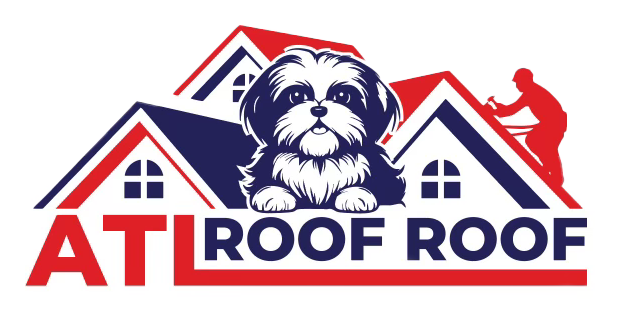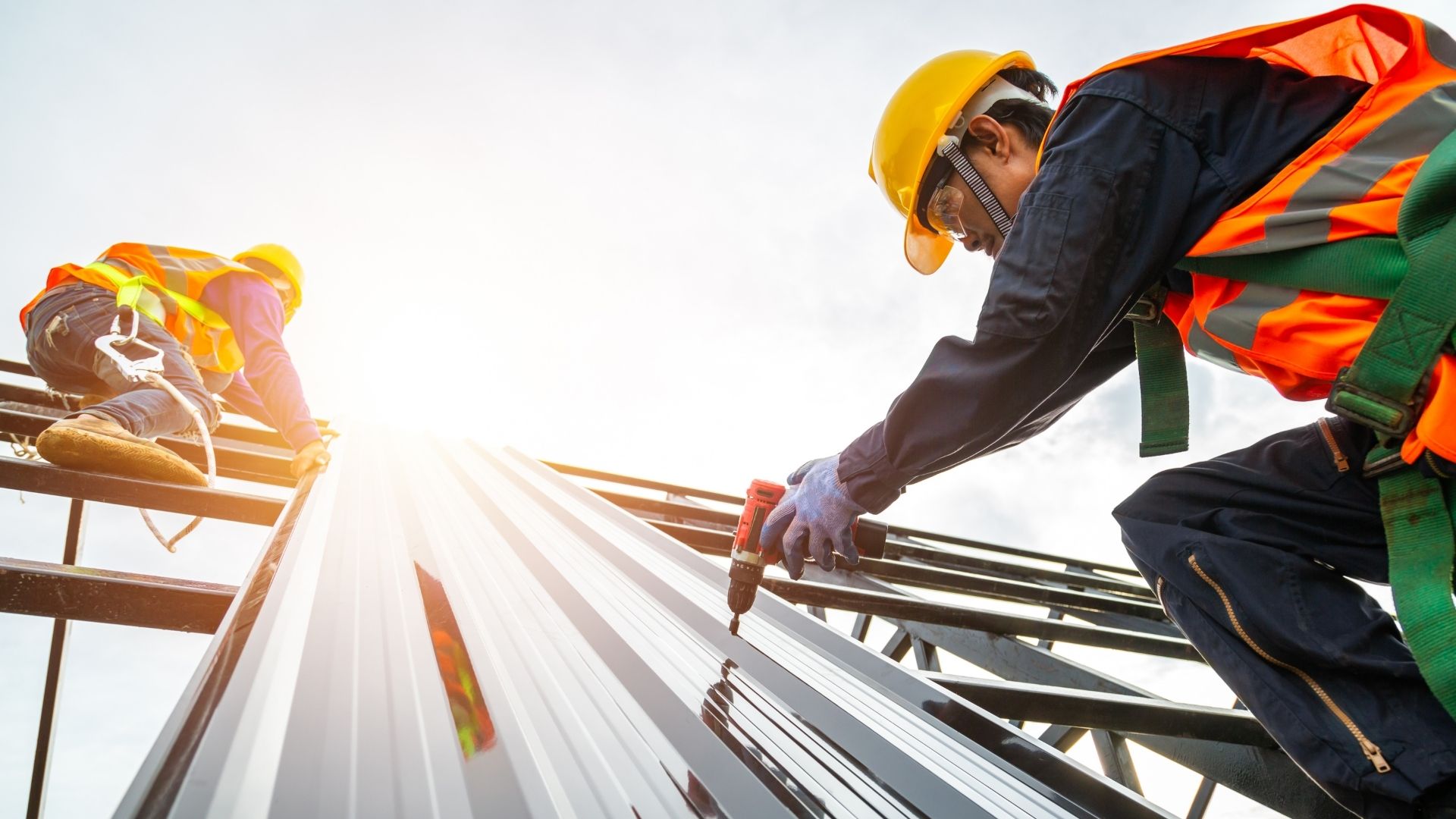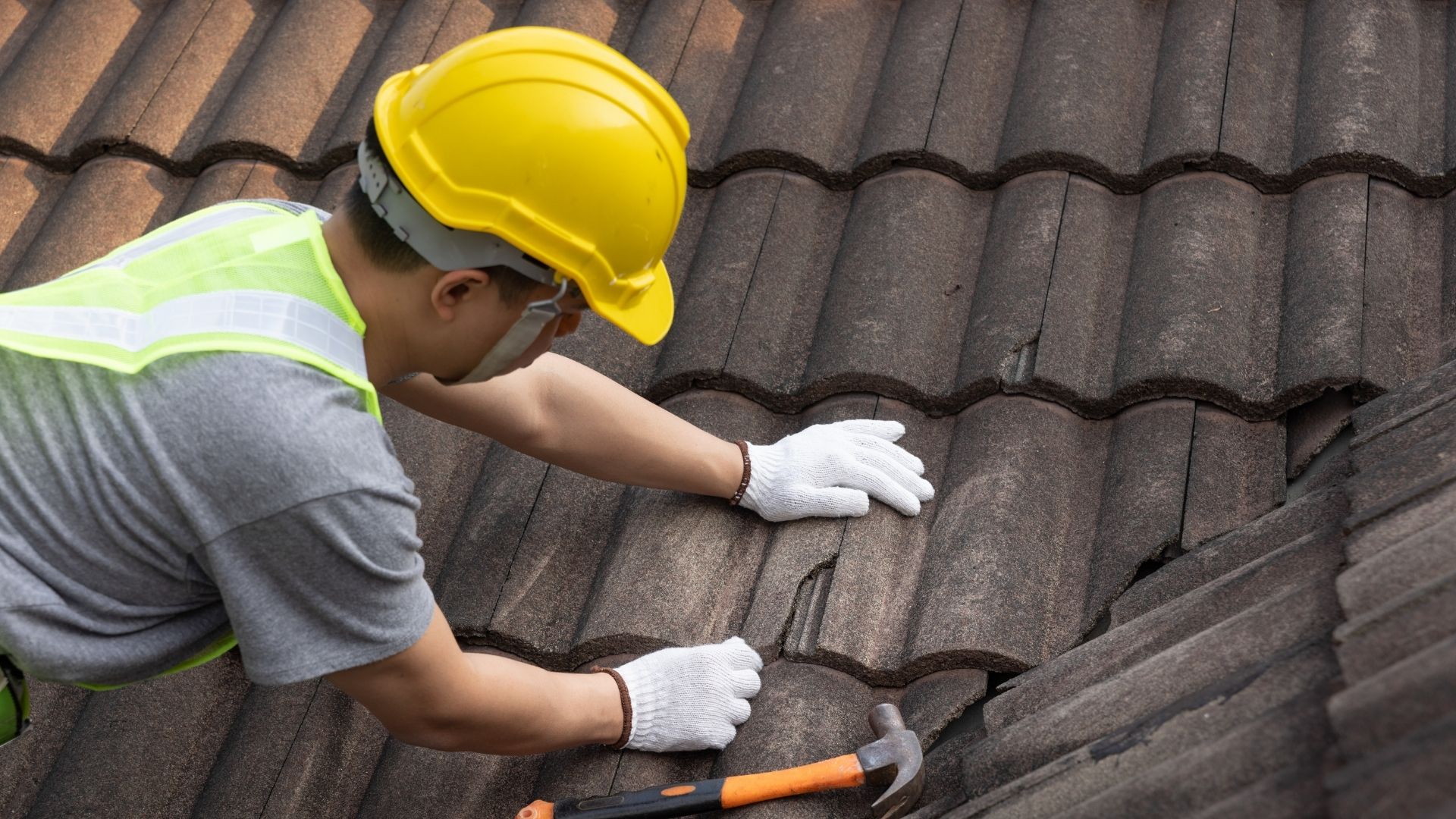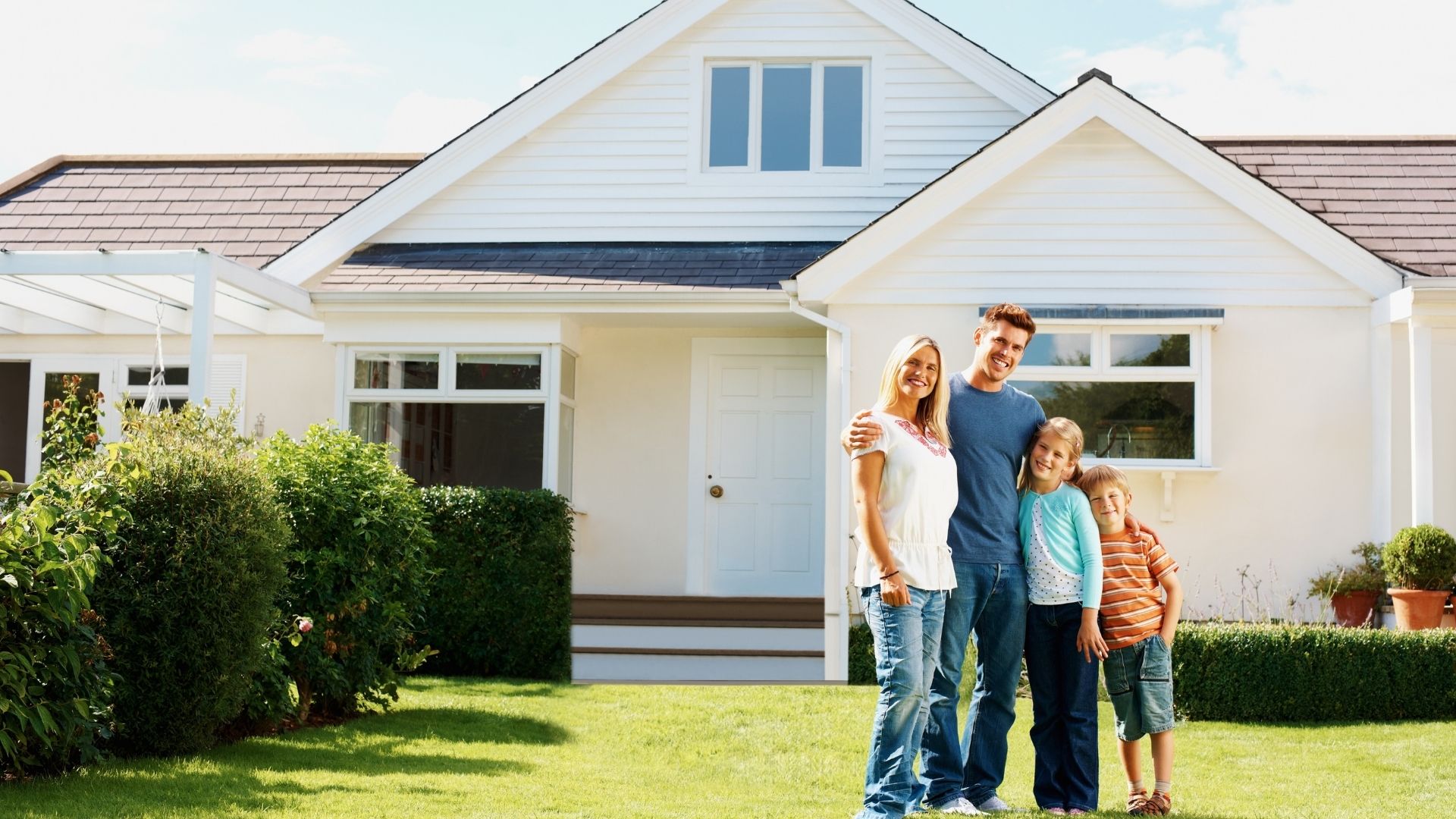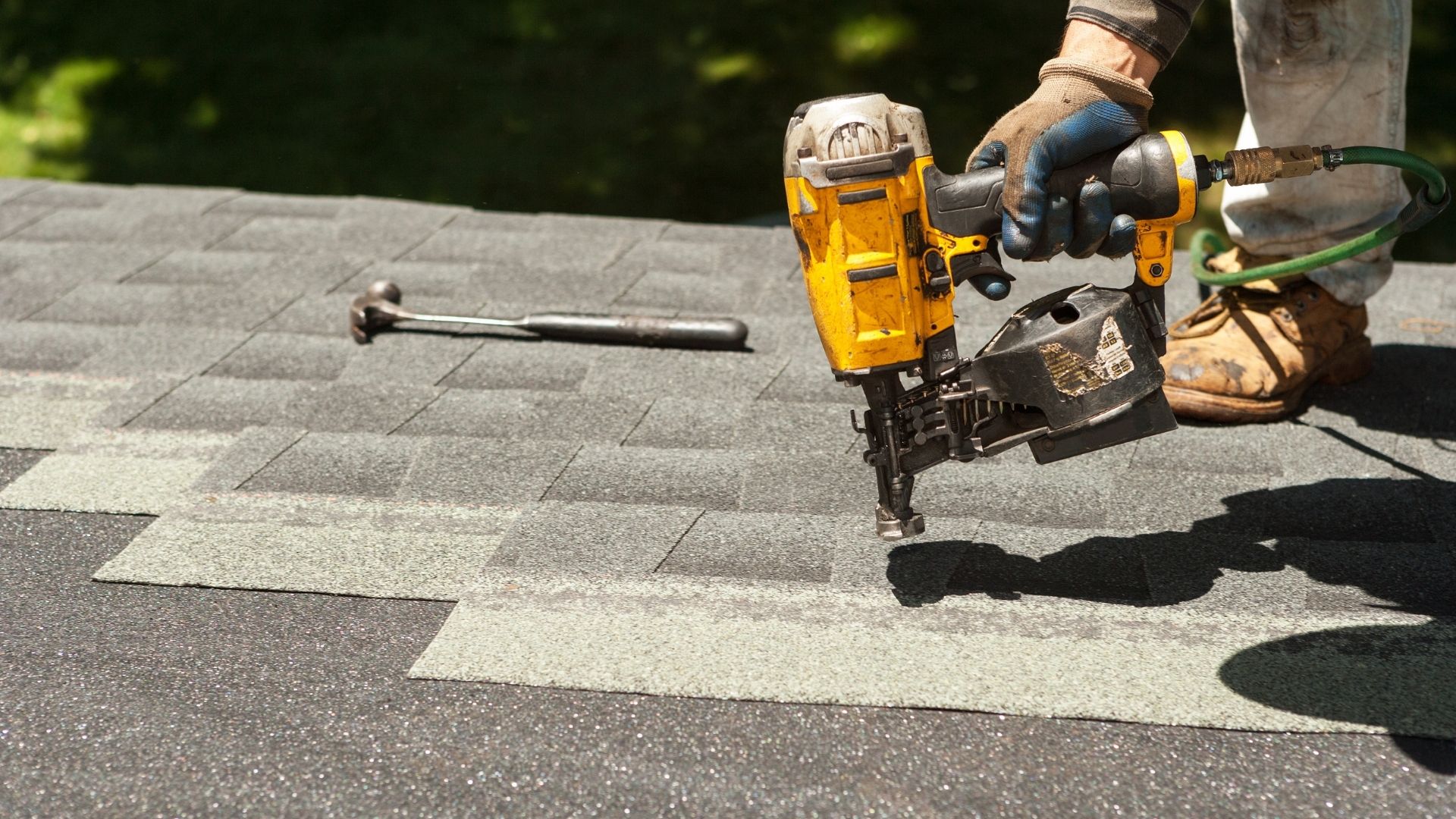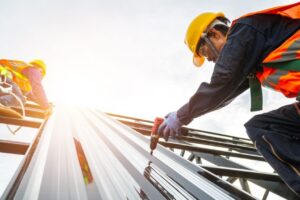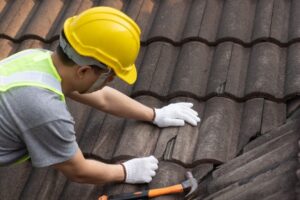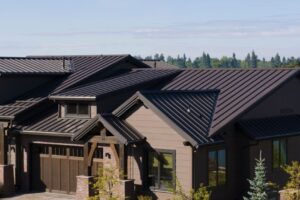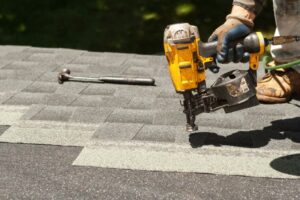Metal Roofing in Extreme Weather: How Does It Stand Up to the Elements?
In any home, the roof serves as the primary shield against the elements, protecting the entire structure from potential damage. While a light drizzle or snowfall might seem insignificant, nature can sometimes unleash its full fury, as evidenced by the recent hurricane that left many people struggling to rebuild their homes and lives. Extreme weather can wreak havoc on homes, particularly those with poorly maintained or inadequate roofing. Whether facing a hurricane, tornado, or storm, safeguarding your family and belongings is paramount.
Contrary to some misconceptions, metal roofing is not easily damaged by harsh weather and is, in fact, a superior choice for many reasons. Metal roofs, especially black metal roofs, can endure hailstorms and severe winter conditions without sustaining damage, offering longer-lasting and more reliable protection than many other roofing materials.
This guide delves into the numerous advantages of metal roofing, particularly its exceptional performance in withstanding natural disasters. By understanding how metal roofs can endure extreme weather, homeowners can make informed decisions to better protect their homes.
Metal Roof vs. Shingles in Hot Climates
- **Heat Reflectivity**: Metal roofing excels at deflecting solar radiation, significantly reducing heat absorption. This reflective quality is especially beneficial during hot summer days, as it helps maintain a cooler indoor temperature and reduces the load on HVAC systems. In contrast, shingles absorb a substantial amount of the sun’s heat, transferring it into the building and leading to higher indoor temperatures that demand more energy for cooling.
- **Energy Efficiency**: The energy efficiency of metal roofs is remarkable. By reflecting the sun’s rays, metal roofs can reduce cooling costs by up to 15%, which is particularly beneficial in hot climates with constantly running air conditioning systems. Shingles, on the other hand, retain heat, making HVAC systems work harder and leading to increased energy bills.
- **Durability**: In hot climates, metal roofs outperform shingles in terms of durability. They resist warping or cracking under extreme heat, ensuring longevity and reducing maintenance costs. Shingles may deteriorate more quickly under intense sunlight, requiring more frequent repairs or replacements.
- **Color Variability**: Metal roofs are available in a wide array of colors, each with different reflective capabilities. For hot climates, white or lighter shades are ideal as they reflect the maximum amount of sunlight, helping to keep buildings cool. Shingles offer fewer color choices and generally have less effective reflective properties.
Metal Roof vs. Shingles in Cold Climates
- **Snow Shedding**: Metal roofs are highly effective at shedding snow due to their smooth, slippery surface, which allows snow to slide off easily. This prevents accumulation and the formation of ice dams, common issues with shingle roofs.
- **Insulation**: While metal itself is a poor insulator, metal roofs can retain heat effectively when proper insulation materials are installed beneath them. This helps maintain a warm indoor environment and reduces heating costs. Shingles may not provide the same level of insulation, resulting in higher heating expenses.
- **Waterproofing**: Metal roofs are inherently waterproof, offering excellent protection against rain and melting snow. Although shingles are designed to repel water, they can develop leaks, particularly as they age or if they are poorly installed.
Black Metal Roofs
A black metal roof combines aesthetic appeal with functionality. Its sleek appearance complements various architectural styles. In colder climates, black metal roofs can absorb heat, helping to warm interior spaces. However, in hot climates, they may absorb excessive heat, potentially increasing cooling costs. Additionally, darker colors are more prone to fading over time, necessitating additional maintenance or refinishing to maintain their appearance.
Conclusion
When comparing metal roofs to shingles in both hot and cold climates, metal roofing emerges as the superior choice due to its durability, energy efficiency, and ability to withstand extreme weather conditions. Whether opting for a bold black metal roof or selecting the best color for hot climates, homeowners have a range of options to meet their specific climatic and aesthetic needs. While metal roofing may have a higher initial cost than shingles, its long-term benefits—reduced energy bills, minimal maintenance, and a longer lifespan—make it a wise investment for those living in areas with extreme weather.
Are you in the Atlanta area and want your home or office to experience superior workmanship? Contact us at ATL Roofing and make your roof the envy of the neighborhood.
SCHEDULE YOUR FREE ATL ROOF ANALYSIS™ TODAY!
SEE WHAT OUR CUSTOMERS SAY
We want you to be completely confident in your decision when choosing Findlay Roofing. That’s why we trust our customers to share their experiences.
